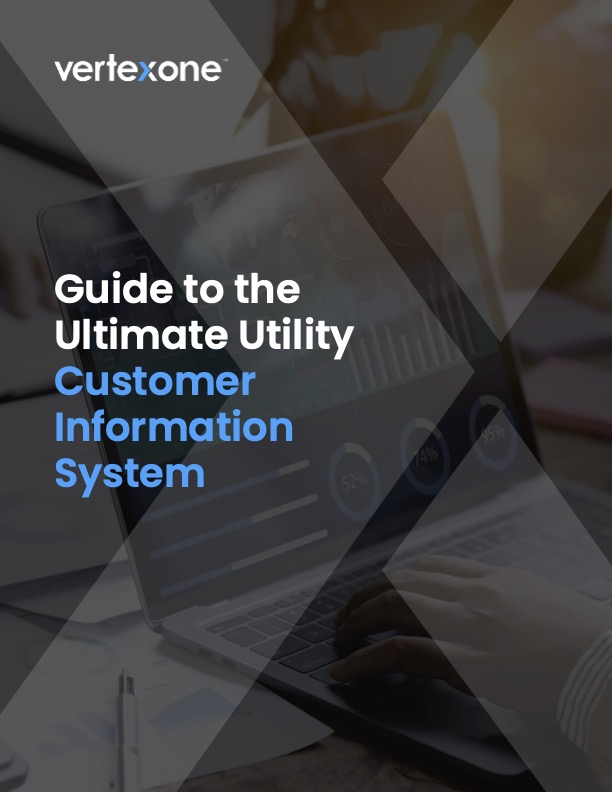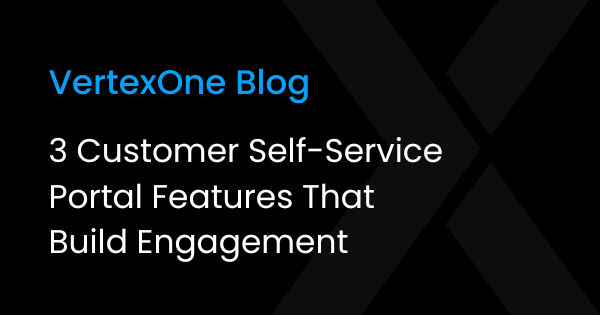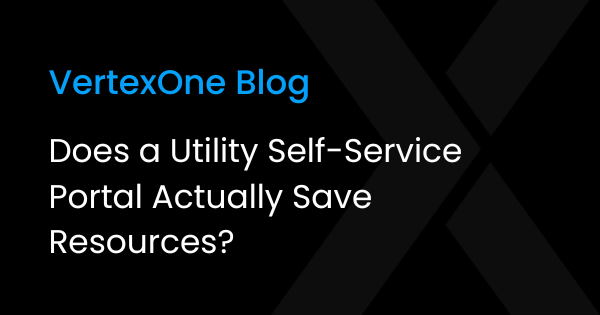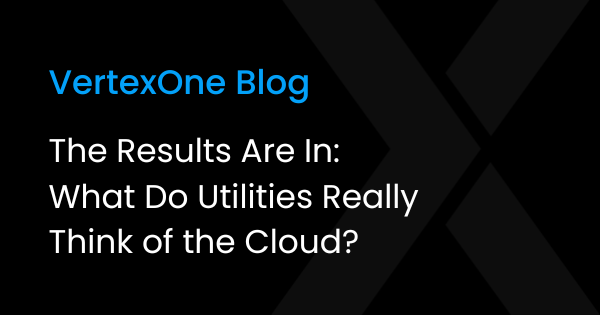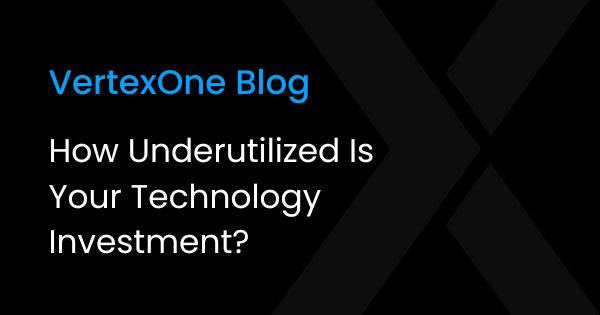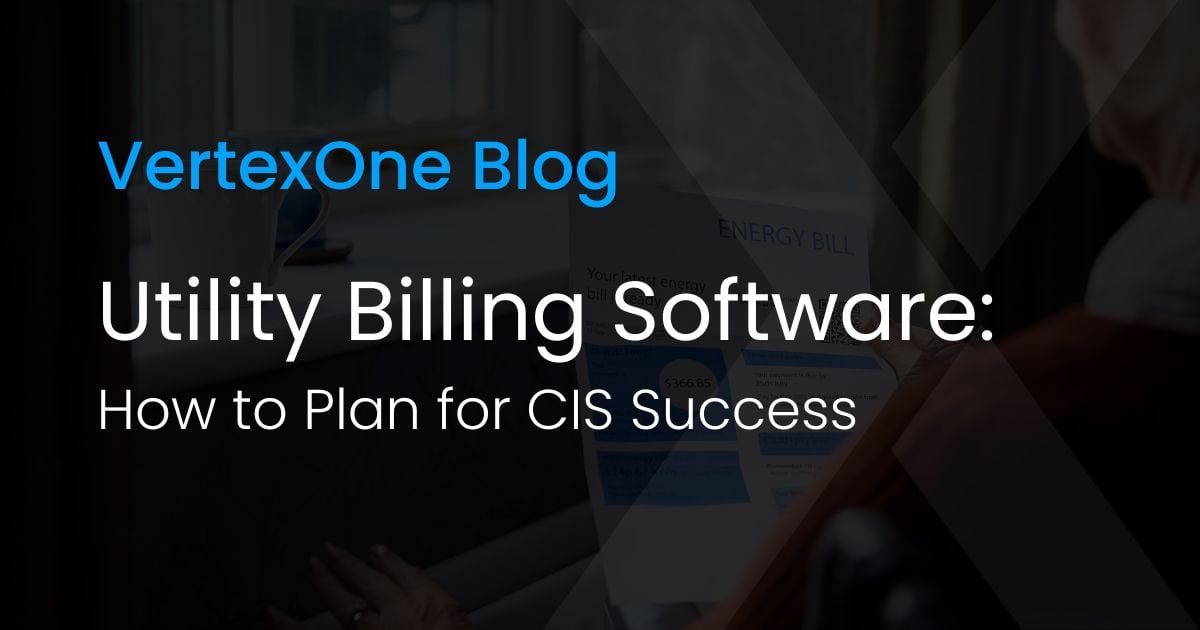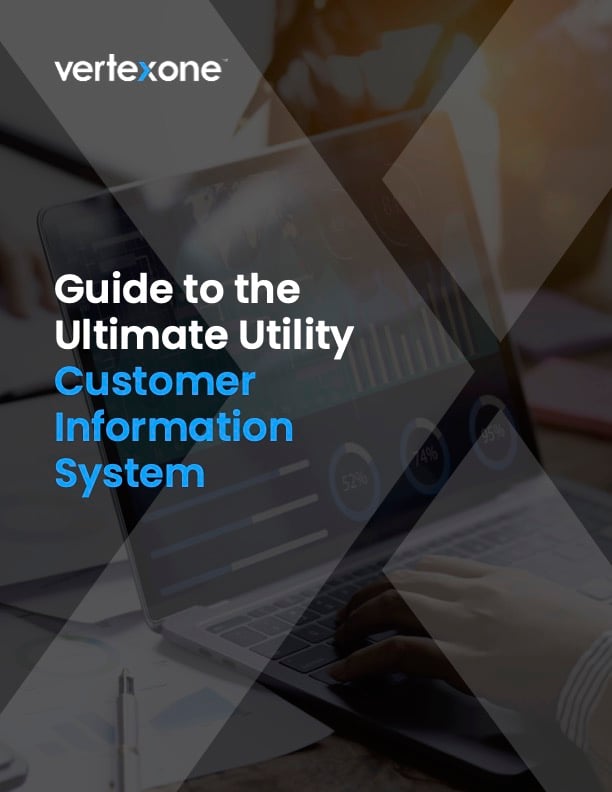The Historical Role of Utility Billing Systems
In the past, utilities used their billing systems for collection and billing purposes. This included everything from storing customer information, rates, and usage data to maintaining the necessary information for customer bills. These systems had limited capabilities and were often custom designed and built in-house, making them inflexible and unscalable.
The tasks these systems could not perform defined them as much as those they could. Customer data that wasn’t central to billing—work orders, past outages, customer interaction histories—lived in siloed systems, dedicated to specialized functions within the utility. Like the proverbial three blind men who reach different conclusions about the elephant, no single utility business unit had full insight into the customer journey, resulting in disjointed customer experiences and operational inefficiencies.
To be sure, many technologies that underpin modern customer information systems—like cloud computing and inter-platform data-sharing—weren’t possible when these utility billing systems were launched. Some utilities have since updated their billing and service processes to be part of a modern CIS infrastructure, but the data silos that add cost and complexity to the meter-to-cash process still exist.

The Current Role of Utility Billing Systems
Cloud computing has helped utilities redefine their old billing processes by extending the role of utility customer information systems beyond billing and collection functions. Functions not handled directly within the CIS—payment processing, customer self-service, communications, field tech dispatch, and so on—are nevertheless augmented by data from the CIS. In turn, the CIS becomes much more valuable from the integration with those other systems.
Modern utility billing systems reduce cost-to-serve and streamline the meter-to-cash process, whether by automating customer communications, empowering customer service representatives with rules-driven transactions, or avoiding incorrect customer shut-offs and charges. They integrate in real time with other informational (e.g., customer self-service) and operational (e.g., outage management) systems.
Utility customer service representatives can then spend more time building customer trust and resolving complex account issues. These systems also reduce bad debt and enable rules-driven collections processes, making self-payment easier, reducing days sales outstanding, and increasing organizational cash flow.

